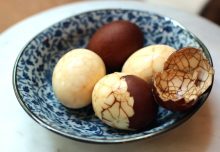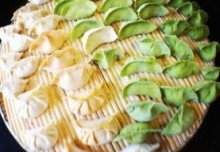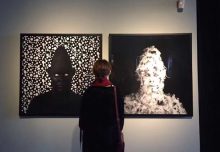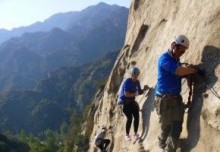The library intern who would lead a nation? The scholar who built the capital of the Mongolian Khans? The exam candidate who lost his mind and nearly toppled an empire? The prince who tried to save a city? These are a few of the characters featured in two new walking tours and a new talk offered by The Hutong this October.
The Scholars, the Intern, and the Scientist is set in the Imperial City and debuts on October 2nd.
We begin at the old campus of Peking University. In the early years of the 20th century, the hallways and classrooms of this venerable institution buzzed with energy and intellectual dynamism. The Dean of Faculty moonlighted as an iconoclastic firebrand publisher, writing vitriolic essays attacking Confucius and Chinese culture. The professor of philosophy was a cerebral and bookish young man, just returned to China from Columbia University, where he studied the theories of pragmatism under John Dewey. The librarian was an earnest revolution who believed that Bolshevism was the only way to save China from its post-imperial predicament. But it was the librarian’s assistant, a chubby young fellow from Hunan, who would go on to become one of the 20th century’s most famous leaders.
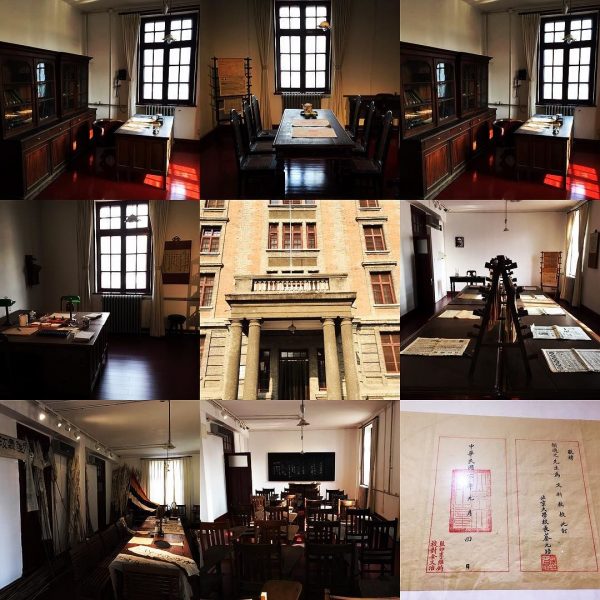
Scenes from the old campus of Peking University. One of the sites on the walk and discussion The Scholars, the Intern, and the Scientist.
After leaving the Peking University grounds, we will wander the back alleys and hutongs of the old imperial city. Enclosed by its own wall, the imperial city separated the palace environs from the rest of the capital. It was home to princes and eunuchs, scholars and scoundrels. Today it remains a vibrant community struggling to hold back the forces of development and gentrification.
Finally, the walk concludes with a stroll along the newly restored waterways of Beijing’s Jade River. Once part of a 13th-century transport network which reached from the capital all the way to Hangzhou nearly 1200 km away, today the canals are a reminder of the medieval scientist who designed the waterways which became the lifeblood of the capital.
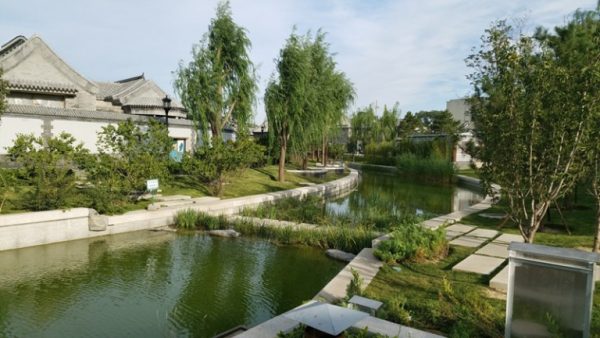
The restored waterway known as the Jade River was a key link in Beijing’s system of moats and canals.
October 16 is Chaos Under Heaven: The Taiping Heavenly Kingdom, the latest in our Hacked History lecture series.
The year was 1837 in Guangdong Province in Southern China. A young scholar, despondent after failing the imperial exams, has a nervous breakdown. For weeks he is bedridden and delirious. During this time, he has visions of a great golden-bearded gentleman and an elder brother who command the young scholar to go forth and slay demons.
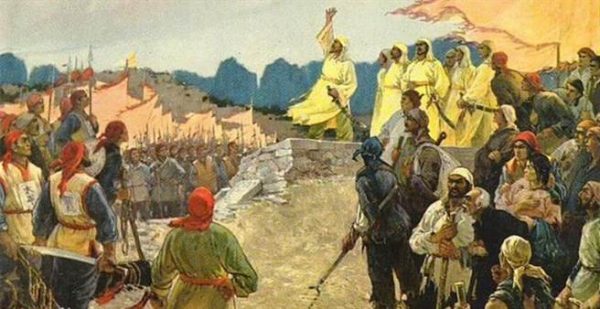
Painting depicting Hong Xiuquan, leader of the Taiping Heavenly Kingdom. On October 16 at The Hutong, we will be discussing Hong and the rebellion he led.
Six years later, the young scholar stumbles upon a missionary pamphlet which gives meaning to his visions. He realizes he is no ordinary man, but the Son of God, the younger brother of Jesus Christ.
That young man’s name was Hong Xiuquan and the movement he led nearly toppled an empire. From 1854 to 1863 Hong’s kingdom, the Taiping Heavenly Kingdom ruled a large part of central China. Their ideology: a mix of Christian philosophy, social revolution, and Hong’s own unique brand of madness. This was the central event of the 19th century. It was the moment when everything changed.
Finally, The Prince, the Widow, and the Scholar debuts October 5. This new walk takes our discussion around the scenic lakes of central Beijing.
First, we will visit the home of Guo Moruo. He was an author, a poet, an archaeologist, and one of the most influential historians of China in the 20th century.
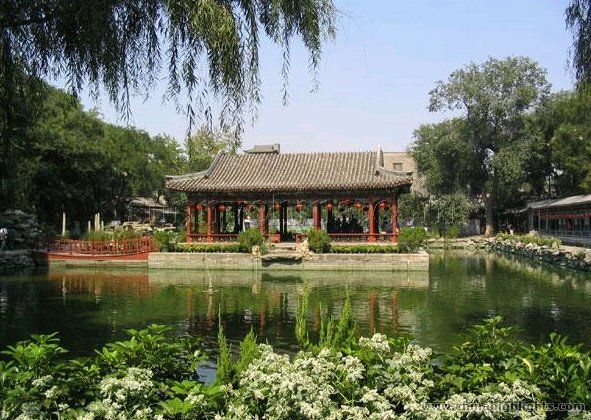
The mansion of Prince Gong. One of the major scenic places in Beijing, the mansion was home to one of the most influential officials of the 19th century.
We will also visit the mansion of Aisin-Gioro Yixin, the younger brother of the Xianfeng Emperor, better known in history as “Prince Gong.” Yixin helped to defend Beijing from the Anglo-French Expeditionary Force in 1860 after his imperial brother had fled the city. Later, he would establish himself as a diplomat, reformer, and official who suffered through a long career serving under the Empress Dowager Cixi. His mansion, a Beijing landmark, is well-known for its lavish restored pavilions and gardens.
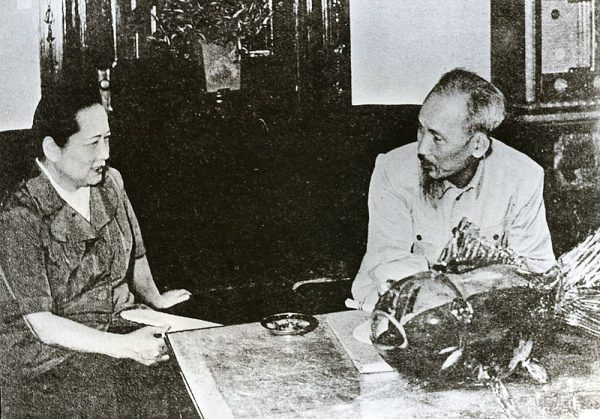
Soong Ching-ling, widow of Sun Yat-sen, meets with Vietnamese leader Ho Chi Minh.
Finally, we will travel around the lakes to the former home of Soong Ching-ling, the widow of revolutionary leader Sun Yat-sen. She was one of the famous “Soong Sisters,” (her brothers-in-law included Chiang Kai-shek and Chiang’s finance minister H.H. Kung) but established a legacy of her own after her husband’s death in 1925. Song Ching-ling would go on to become a major voice in China and the world on behalf of the rights of women and children. In her later years, she was made the honorary president of the People’s Republic of China. Her home, located in what was once the garden of Prince Chun (father of the last emperor Puyi) is a time capsule from the time before the Reform and Opening era and is also set in a quiet, meditative park just a few steps away from the bustle of Houhai.

